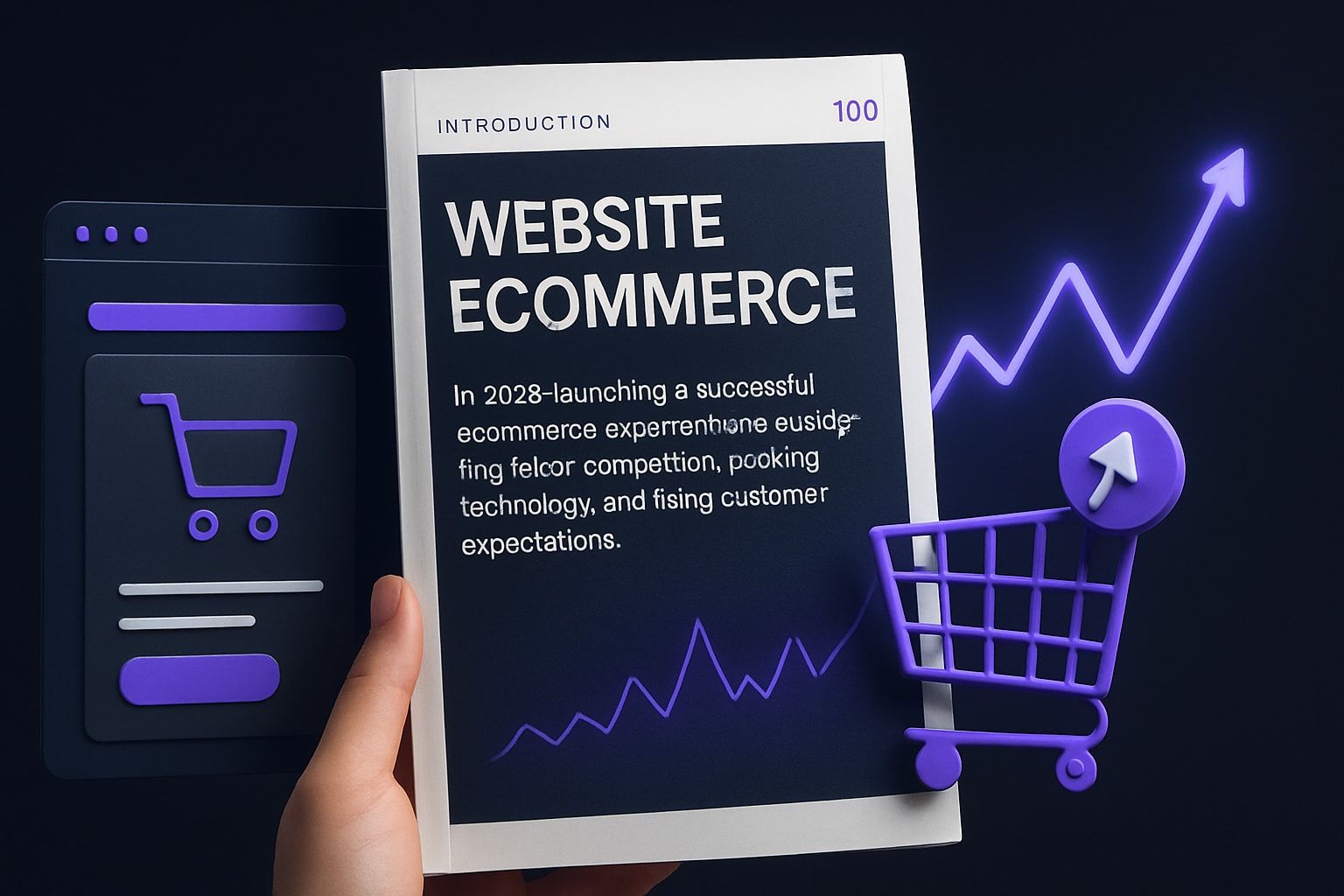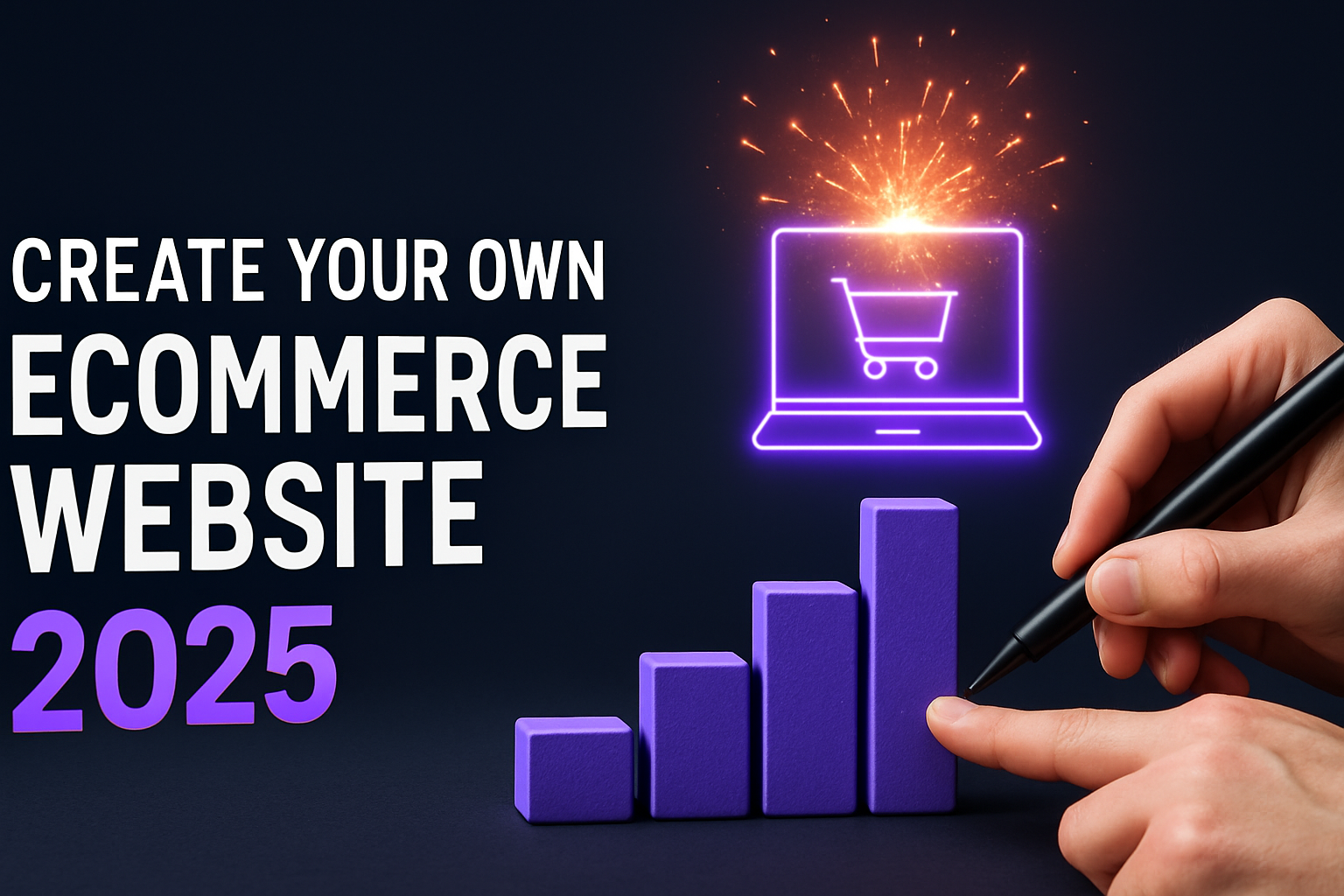8 Common Types of Entrepreneurship
Small business entrepreneurship
Scalable startup entrepreneurship
Social entrepreneurship
Large company entrepreneurship
Large company entrepreneurship refers to companies like Disney, Toyota, and Microsoft who keep innovating and offering customers new products that are variants around their core product line. That means a distinguishing feature of this type of entrepreneurship is that it is not starting a new business each time, rather creating new products or subsidiaries within an existing company. Or even acquiring smaller businesses, like the time Facebook bought Instagram and WhatsApp - for more information on companies Facebook (newly branded as Meta) now owns, click
HERE. These kinds of entrepreneurs are more focused on reaching new markets, expanding the customer base and growing the business than anything else.
Hustler entrepreneurship
Researcher entrepreneurship
Innovative entrepreneurship
Buyer entrepreneurship
Start building your new website today
No credit of debit card required start building today




